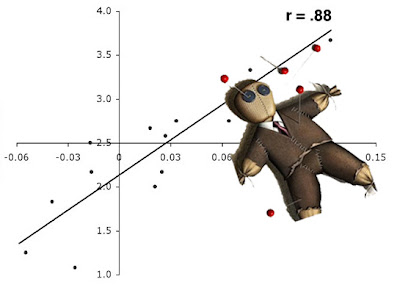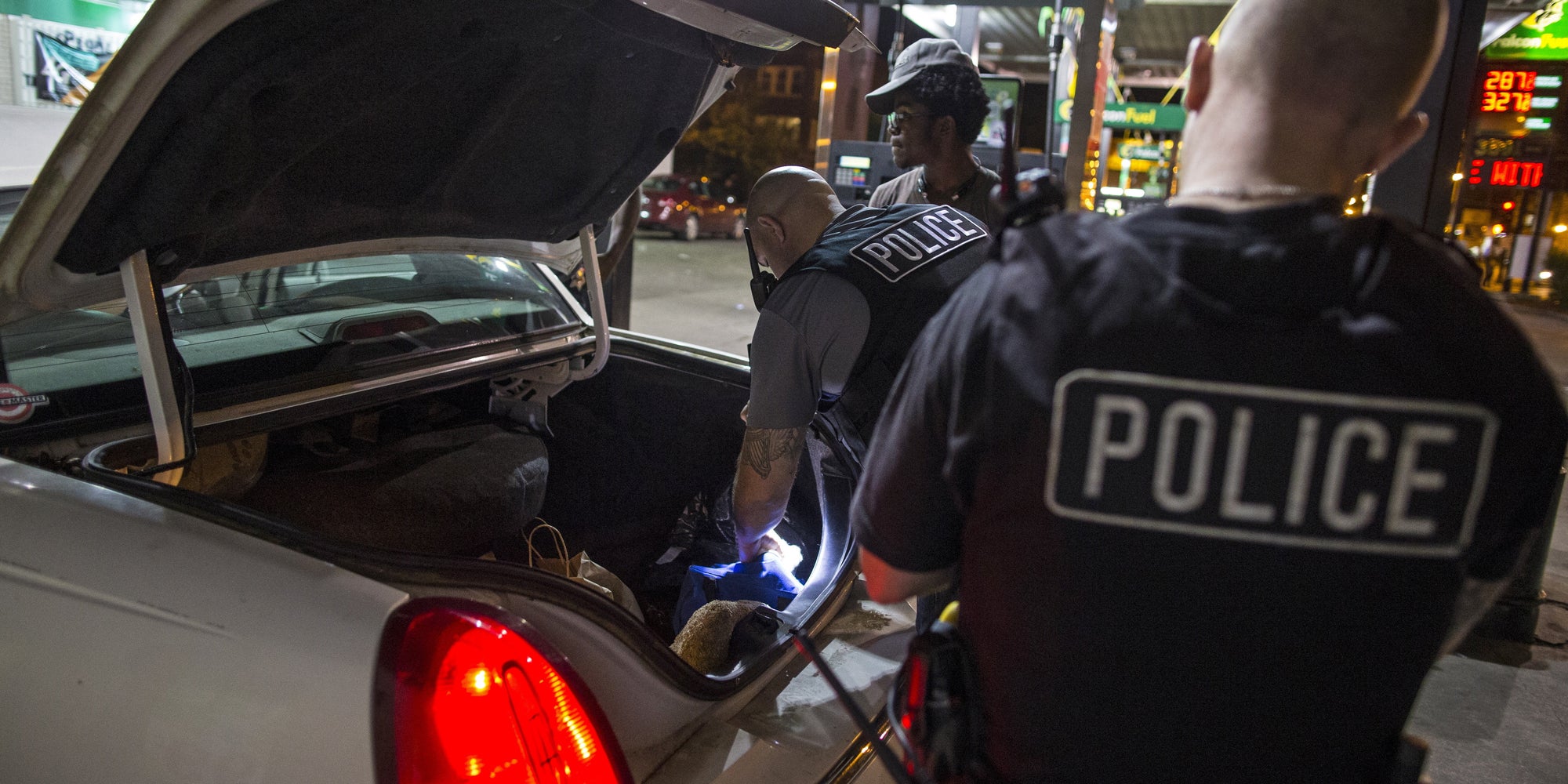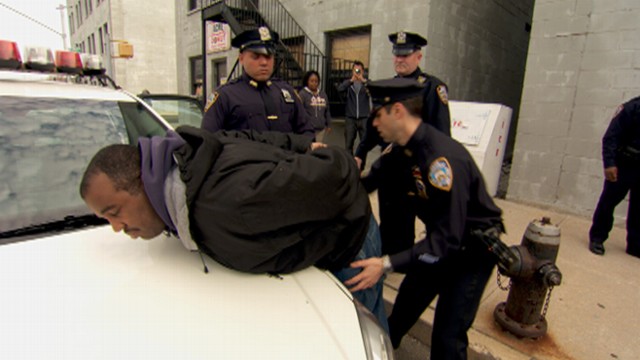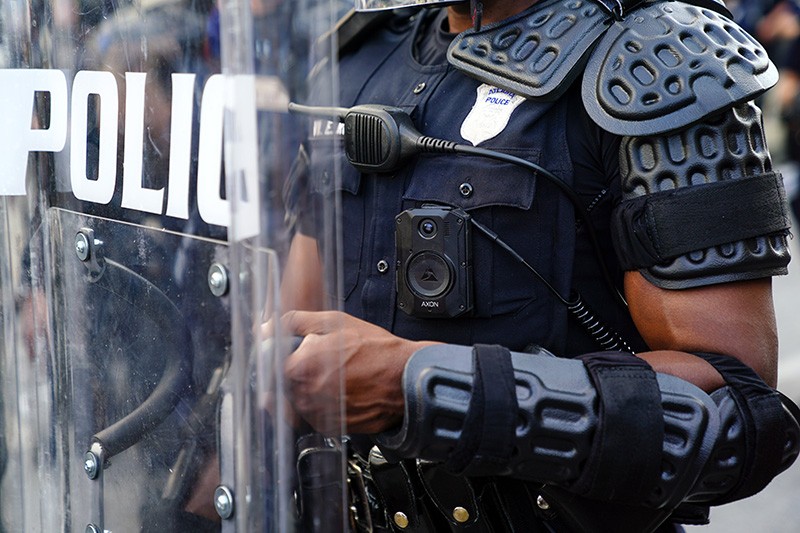
Excellent article from reporter Timothy Williams of the New York Times discusses a new study by the American Civil Liberties Union and Human Rights Watch which reveals that marijuana arrests were about 13.6 percent more than the 505,681 arrests made for all violent crimes, including murder, rape and serious assaults.
The report comes in the wake of the fatal police shooting of Keith Lamont Scott last month in Charlotte, N.C. Mr. Scott, 43, had attracted police attention in part because, the police said, he was smoking marijuana.
The report is the latest study to highlight the disparate treatment African-Americans often receive in the criminal justice system, including disproportionate numbers of blacks who are sent to jail when they are unable to pay court-imposed fees, or stopped by the police during traffic stops or while riding bicycles. Its many findings are disturbing.
THE REPORT’S FINDINGS:
- Although whites are more likely than blacks to use illicit drugs — including marijuana, cocaine, heroin, methamphetamine and prescription drugs for nonmedical purposes — black adults were more than two-and-a-half times as likely to be arrested.
- In Iowa, Montana and Vermont — places with relatively small populations of African Americans — blacks were more than six times as likely to be arrested on drug possession charges than whites.
- In terms of marijuana possession, black adults were more than four times as likely to be arrested as white adults in the 39 states in which sufficient data was available.
- In Manhattan, where blacks make up about 15 percent of the population, African-Americans are nearly 11 times as likely as whites to be arrested on drug possession.
- African-Americans may also be more apt to face arrest, according to researchers, because they might be more likely to smoke marijuana outdoors, attracting the attention of the police.
- The above disparities persist whether there are few or many African-Americans in a given area.
Mr. Williams also wrote that, according to criminologists, African-Americans are arrested more often than whites and others for drug possession in large part because of questionable police practices. Police departments, for example, typically send large numbers of officers to neighborhoods that have high crime rates. A result is that any offense — including minor ones like loitering, jaywalking or smoking marijuana — can lead to an arrest, which in turn drives up arrest rate statistics, leading to even greater police vigilance.
“It is selective enforcement, and the example I like to use is that you have all sorts of drug use inside elite college dorms, but you don’t see the police busting through doors,” said Inimai M. Chettiar, director of the Justice Program at New York University’s Brennan Center for Justice.
Please contact my office if you, a friend or family member are charged with a crime. Hiring an effective and competent defense attorney is the first and best step toward justice.















